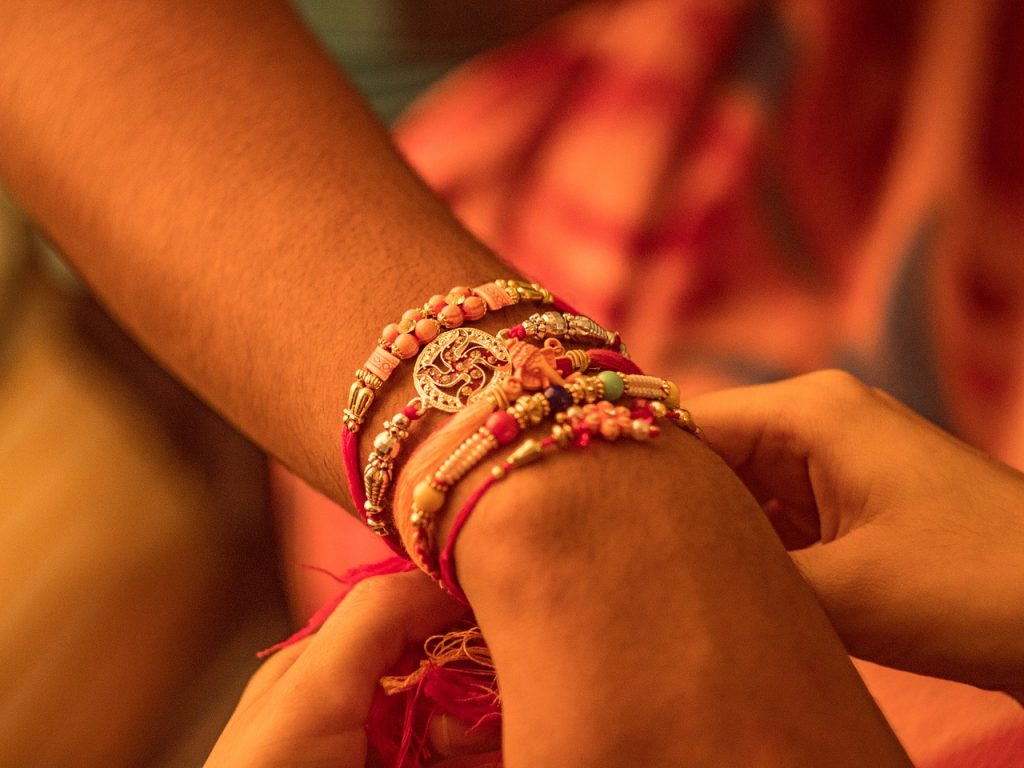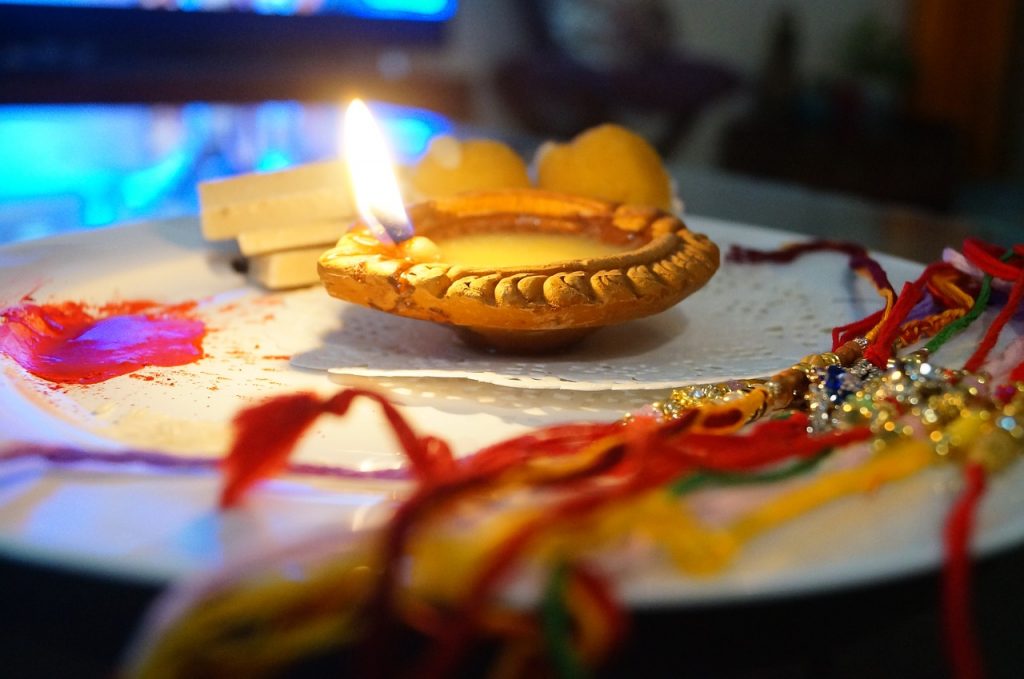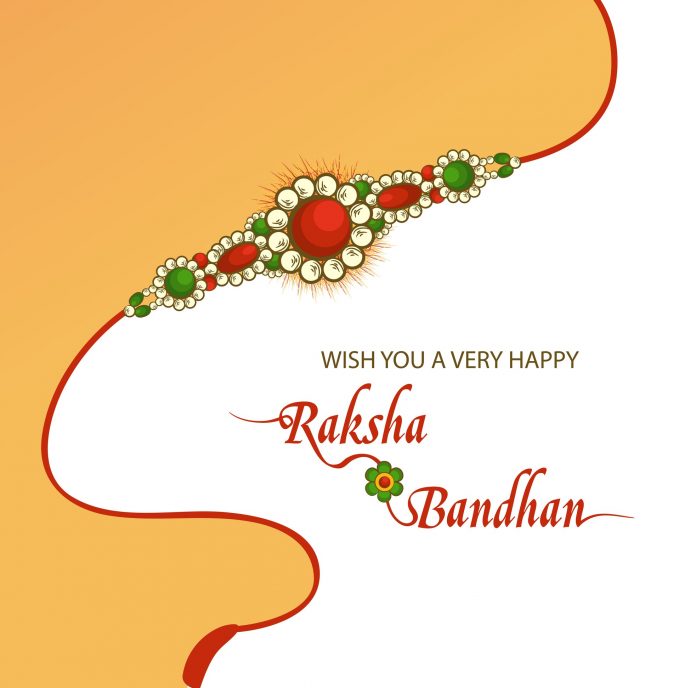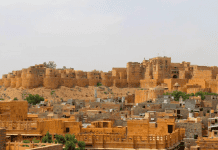Raksha Bandhan means a thread tied as protection. Securing a thread with sanctity means much more than this. It could be a sister tying a rakhi on her brother’s wrist to seek his protection or it could be a mangalsutra tied by a man when he takes a woman for a wife, thereby assuring to protect her for life. It is believed that Yagnopaveetam – a sacred thread worn by Brahmin men across their chest – is a means of protection as long as its sanctity is upheld. In Hindu religion, a Panditji or priest usually ties a thread around the wrist of the person who performs the puja or religious rites. Basically, it is a way to seek protection from negativity and evil forces.
Celebrated by different names
Rakhi, as it is popularly referred to, is a Hindu festival to reinstate the bond between brother and sister. It is observed on the full moon day in the month of Shravan. Sisters pray for the wellbeing and long life of their brothers. A sister applies tilak on the forehead, performs aarti, and ties a Rakhi on the wrist of her brother who in turn offers her a gift and promises to safeguard her.

Predominantly a North Indian festival, Raksha Bandhan is celebrated in other parts of India also. In Maharashtra, it coincides with Narali Poornima – the full moon and last day in the month of Shravan when Koli folks (fishermen) worship Varuna – the God of Sea – with a ceremonial bath in the river and offer coconuts and rakhi.
On this day, south Indian brahmins observe upa-karma or changing the sacred threads, which is also called Avani Avittam. Mahasankalpam or an oath is taken to redress or atone for all past sins. A feast that includes special items like neiyappam, payasam, and poli are prepared and served on banana leaf. The next day is set off as a day for Gayatri japam, when men recite the Gayatri mantra 1008 times.

In Bihar, Chhattisgarh, Madhya Pradesh and some parts of UP, it is called Kajri Poornima – an auspicious day for the farmers to begin the new agricultural season. Goddess Bhagwati is worshipped and naivedya is offered to appease Her and seek blessings for a good harvest.
Historical attributes
It is said that when Hindu King Puru defeated Alexander The Great, his wife tied a rakhi on Puru, thereby ensuring that Alexander is not exterminated.
Despite not being a Hindu, Emperor Humayun rushed to help Rani Karnavati (Queen of Chittor) when he received a Rakhi from her, seeking protection from Bahadur Shah who invaded her kingdom.
The significance of a rakhi
Raksha Bandhan signifies supreme love, regard, and honour. From a wider angle, it conveys an essential message of sibling connection. It has a socio-spiritual link that highlights the vital elements to treasure positive merits in thought, expression, and action!
Image courtesy: Depositphotos



















